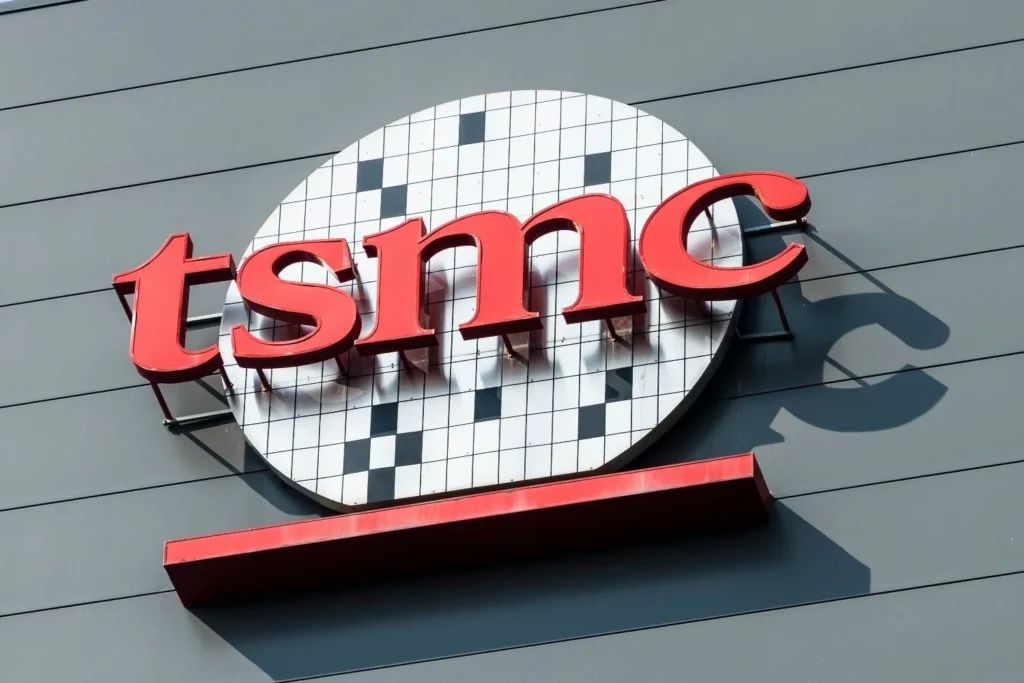TSMC increases its prices: rising production costs will impact smartphones
The Taiwanese semiconductor manufacturer TSMC, the primary chip supplier for Apple, Samsung, Qualcomm, and MediaTek, is planning a general price increase in 2026, which is expected to directly affect smartphone prices.
This is bad news for high-end device enthusiasts: the cost of your next iPhone or Galaxy is likely to rise significantly.
TSMC plans a 8 to 10 percent price increase on advanced chips
According to reports shared by Korean leaker yeux 1122 on Naver, TSMC has started to notify its largest clients — including Apple — about an 8 to 10 percent increase in the prices of its semiconductors starting in 2026.
This increase is significantly higher than in previous years, when adjustments were typically around 3 to 5 percent. This time, the most advanced manufacturing processes, below 5 nm, will be affected — particularly the 3 nm (N3E, N3P) and 2 nm (N2) nodes.
These technologies are employed in the most powerful processors on the market:
- Apple: A16, A17, A18, A19, M3, M4, M5
- Qualcomm: Snapdragon 8 Gen 4/Elite Gen 5
- MediaTek: Dimensity 9400/9500
- Samsung: some variants of the Galaxy S26 could be affected
Galaxy S26 and iPhone 18 most impacted
Upcoming Galaxy S26 and iPhone 18 models are expected to be directly impacted by this price increase. On Samsung’s side, models equipped with the Snapdragon 8 Elite Gen 5 (manufactured by TSMC) will likely see increased production costs, which may be passed on to the final price.
For Apple, the A20 chip expected in 2026 is anticipated to be the first to be manufactured at 2 nm and could cost up to 50 percent more to produce than the A18.
Some estimates suggest a unit cost of $280 for the A20 — compared to about $45 for the A18, although other sources predict a more moderate increase of 20 percent.
Why the increase now?
TSMC is facing rising production costs (due to the complexities of 2 nm and the transition to next-generation EUV lithography), massive demand linked to the explosion of AI and cloud servers, and a need for substantial investments to build new factories, particularly in the U.S. and Japan.
The foundry, which holds over 60 percent of the global high-end chip market, is therefore seeking to preserve its margins while financing the industrialization of 2 nm.
Consequences for consumers
Manufacturers will have several options:
- Increase prices for high-end smartphones,
- Reduce their margins, which is unlikely,
- Or diversify their product lines by further segmenting models.
In short, “Ultra” and “Pro Max” models could become even more expensive, while “base” or “Air” models will maintain a more affordable positioning, featuring less costly chips.
The high-end market could see a shift
A market polarization may occur. True flagships (iPhone 18 Pro, Galaxy S26 Ultra, etc.) will continue to incorporate the latest 2 nm chips, while “standard” models might remain on 3 nm, which is more than sufficient for 95 percent of current uses.
Smartphones in 2026 — be it iPhone 18, Galaxy S26, or upcoming Xiaomi 17 Ultra — are expected to experience a new price increase. And if manufacturers decide to keep prices stable, it will likely come at the cost of compromises on components or profit margins.
In summary: silicon is getting more expensive, and it’s (again) the consumer who will foot the bill.




